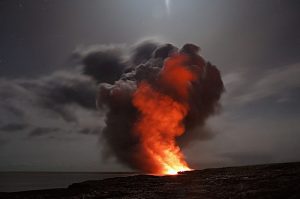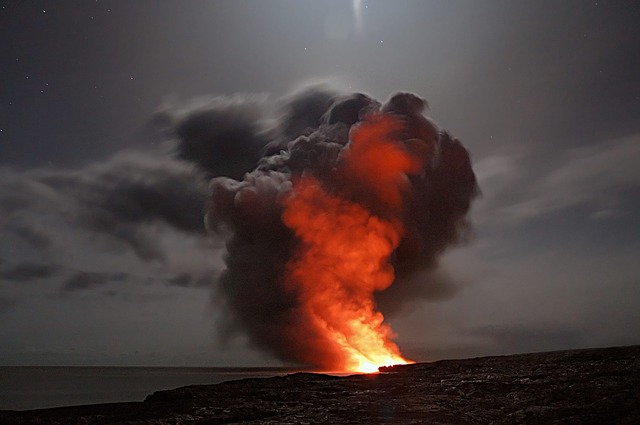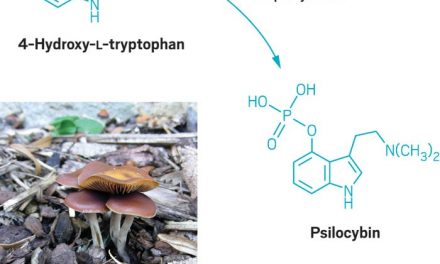 Among a breathtaking setting, a mammoth volcano lurks under Yellowstone National Park in Wyoming that powers all of the park’s famous geysers and hot springs. The supervolcano erupts about every 600,000 years, and it’s been about that long since the last Yellowstone eruption so in some sense it is due. The Yellowstone site is just one of 20 known supervolcanoes on Earth. Over the course of earth history, it is estimated there has been a major eruption from one of these supervolcanoes occurring on average once every 100,000 years. An eruption today from one of these supervolcanoes could cause a prolonged nuclear winter, leaving a huge crater at the site and throwing enough dust and ash into the sky to blot out the sun for years and cause a mass extinction.
Among a breathtaking setting, a mammoth volcano lurks under Yellowstone National Park in Wyoming that powers all of the park’s famous geysers and hot springs. The supervolcano erupts about every 600,000 years, and it’s been about that long since the last Yellowstone eruption so in some sense it is due. The Yellowstone site is just one of 20 known supervolcanoes on Earth. Over the course of earth history, it is estimated there has been a major eruption from one of these supervolcanoes occurring on average once every 100,000 years. An eruption today from one of these supervolcanoes could cause a prolonged nuclear winter, leaving a huge crater at the site and throwing enough dust and ash into the sky to blot out the sun for years and cause a mass extinction.
Last month the BBC ran an article entitles: “Would a supervolcano eruption wipe us out?” The article got the attention of a NASA researcher who shared a plan devised for the Yellowstone supervolcano. Brian Wilcox from Nasa’s Jet Propulsion Laboratory told BBC Future he had originally been a member of the group that looked at defending Earth from asteroids and comets, but shifted his attention to supervolcanoes because they were seen as a considerably greater threat. According to Wilcox NASA has considered a few different ideas to cool down Yellowstone with water by 35 percent, the calculated threshold where it would no longer pose a threat.
Nasa believes the most viable solution could be to drill from the lower sides, starting outside the boundaries of Yellowstone National Park, to essentially vent from the side while going as much as 10km down. Drilling into the center of the volcano was also considered but brings more risk to accidentally causing an eruption. After the drilling, water would be pumped down at high pressure, and the circulating water would return at a temperature of around 350C (662F). The idea would be to extract heat from the volcano steadily to create a geothermal plant, which generates electric power. The project would come at an estimated cost of around $3.46 billion dollars (how much was that Mexican Wall going to cost?), but geothermal utility companies would be incented/subsidized to drill with the idea they would pay back the initial investment once they are making money. The utility companies get electricity at extremely competitive prices, which can be sold to the surrounding communities for potentially tens of thousands of years. And as Wilcox commented to the BBC is that “the long-term benefit is that you prevent a future supervolcano eruption which would devastate humanity.”










